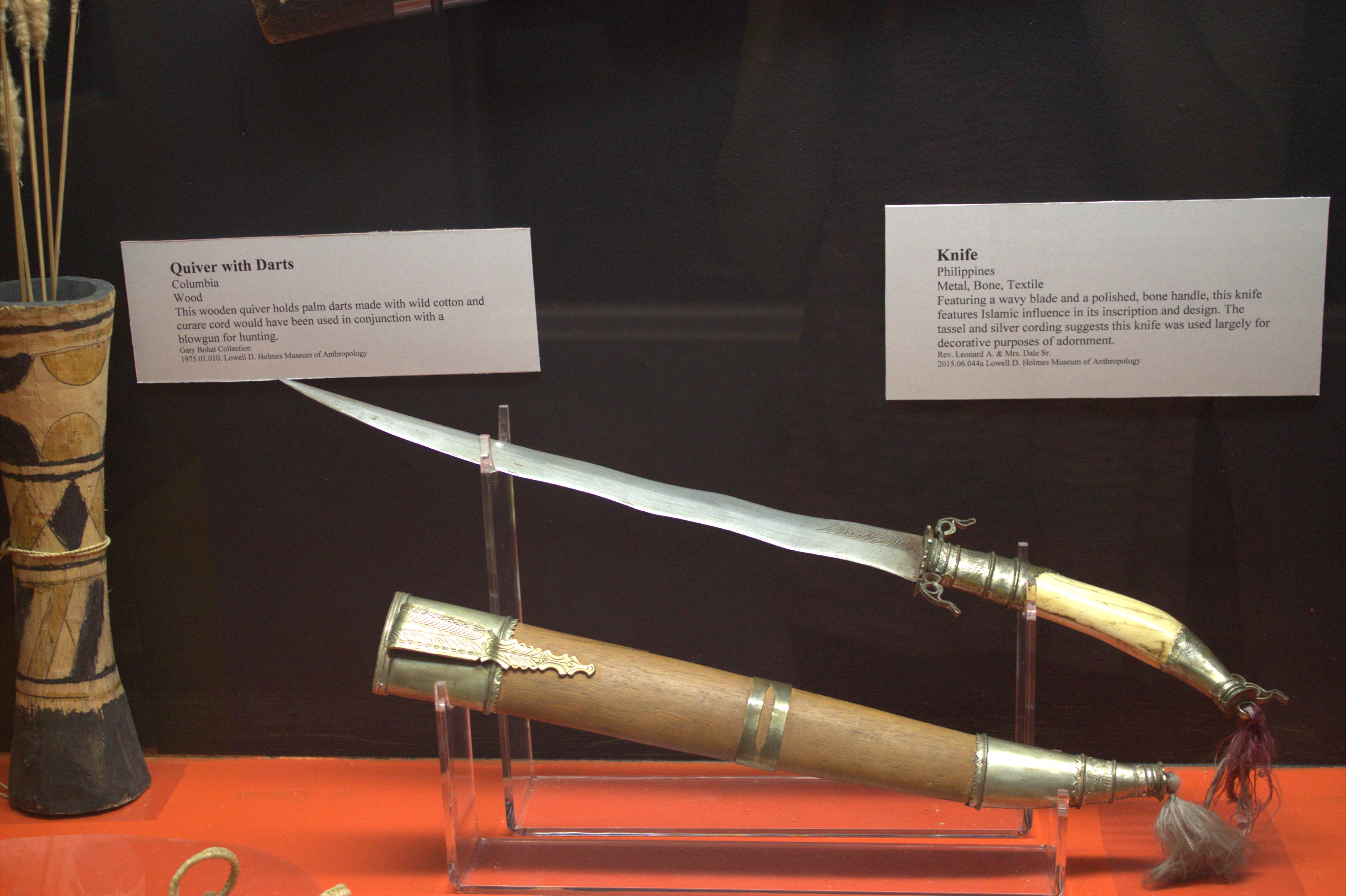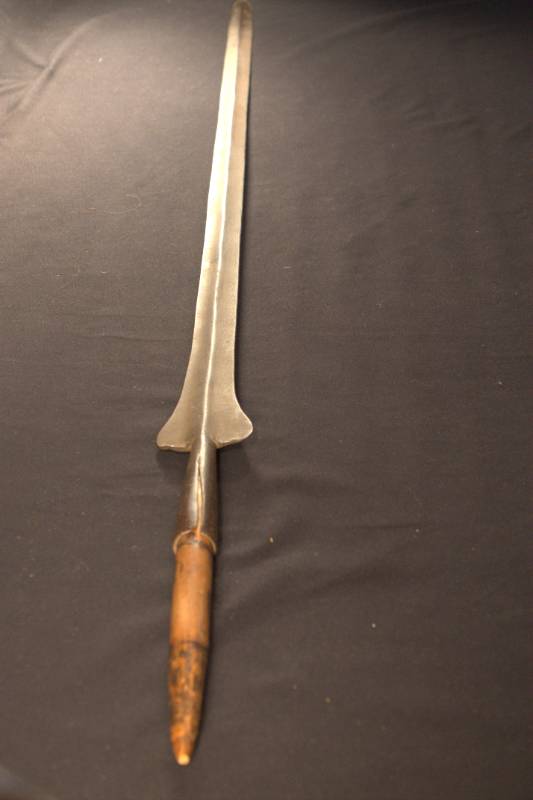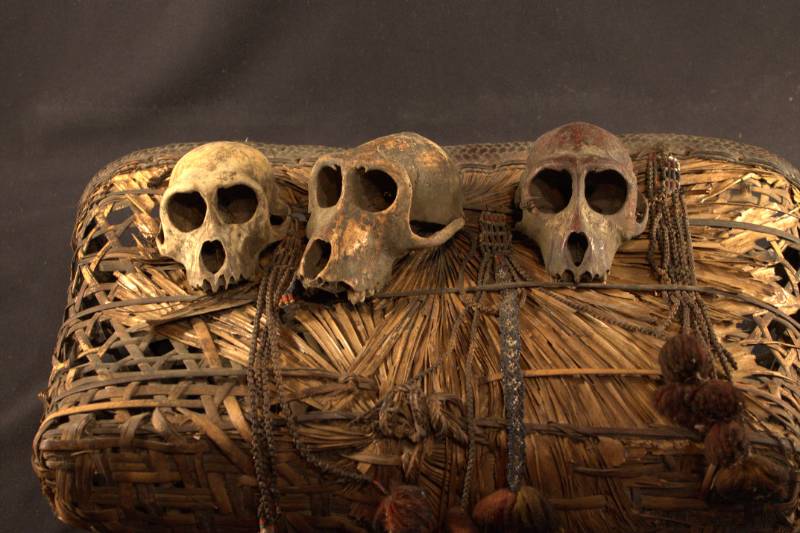The Art of Death and Mysticism
Across cultures and centuries, humanity has sought to understand and navigate the mysteries of death, the unseen forces that shape existence, and the sacred act of hunting. Art and ritual objects serve as bridges between the physical and spiritual realms. These creations are more than functional; they are imbued with meaning, symbolizing protection, guidance, the cyclical nature of life and death, and the balance between humanity and nature.
Each artifact tells a story of belief and reverence. Divination tools provide wisdom to face the unknown, twin statues honor sacred bonds transcending mortality, and ritual garments like hunter fetish shirts offer spiritual protection in life and beyond. Hunting tools and adornments reflect the deep connection between survival, respect for life taken, and the spiritual forces that govern the natural world. These objects remind us that through art, humanity explores the profound questions of existence, forging connections to the divine, the ancestral, and the eternal.
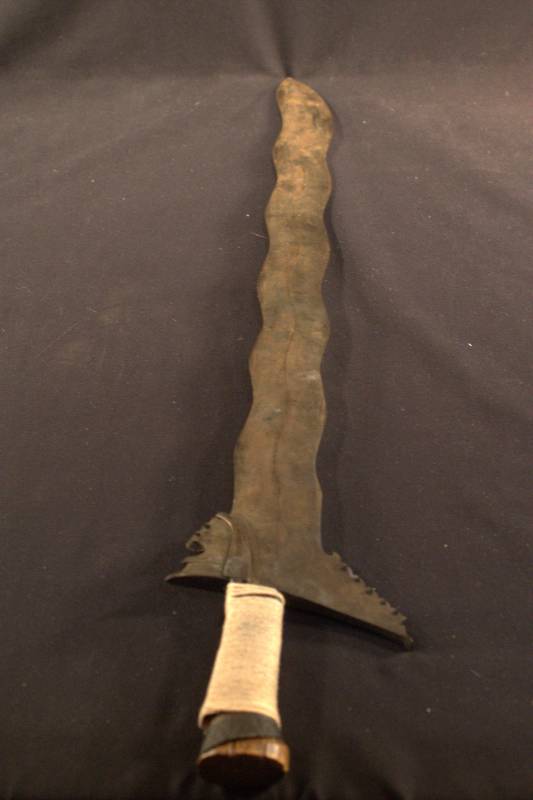
Blade (Kris Sword)
Philippines
Steel and Wood
Kris or keris blades were widely used in Southeast Asia from Malaysia, to the Philippines, to Indonesia. The number of waves in the blade noted status and prestige and is designed to inflict more damage when slashing. These blades, intricate in their crafting, often do not have a full tang.
Fellow-Reeve Museum Collection
1995.02.320a Lowell D. Holmes Museum of Anthropology
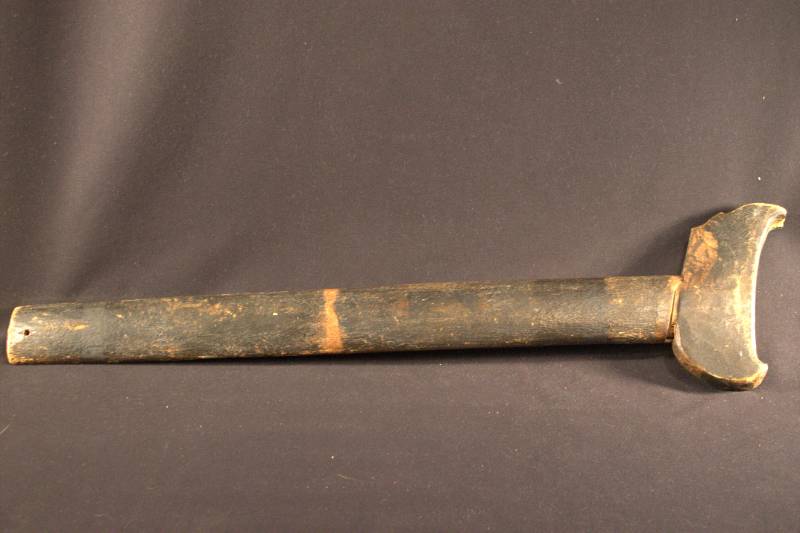
Sheath
Philippines
Rattan Wood
This sheath corresponds to the displayed blade. A typical design, its construction accommodates the waves on a kris/keris blade and the design on the hilt.
Fellow-Reeve Museum Collection
1995.02.320b Lowell D. Holmes Museum of Anthropology
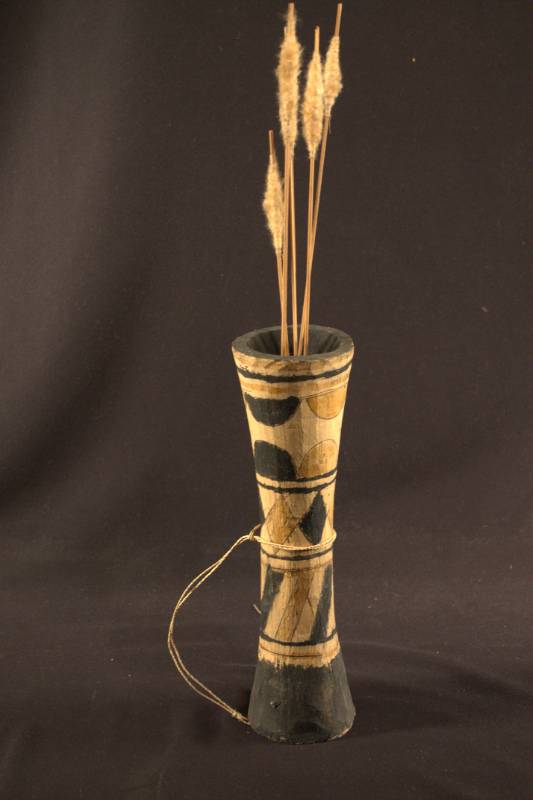
Quiver with Darts
Columbia
Wood
This wooden quiver holds palm darts made with wild cotton and curare cord would have been used in conjunction with a blowgun for hunting.
Gary Bohat Collection
1975.01.010. Lowell D. Holmes Museum of Anthropology
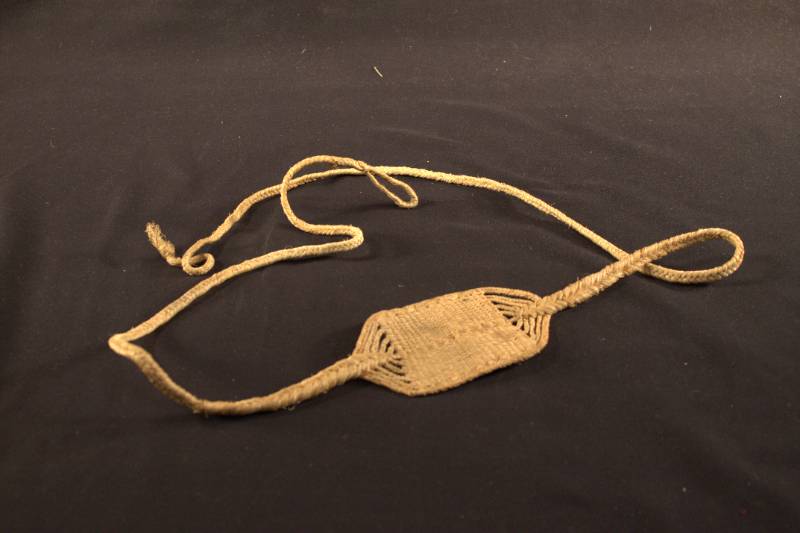
Sling
Palestine; Middle East
Woven Natural Material
Supported on each side with braids, the woven cradle is used to hold shot, usually a smooth stone, and then slung at a devastating speed. Once prevalent in warfare, this sling was likely used for small game.
Catalogued by D. Good
1968.03.002 Lowell D. Holmes Museum of Anthropology
Spear Blade
Kenya
Steel, Wood
Characteristic of a Maasai spear, this large blade features a flat taper and a wooden peg for a handle. These are used primarily as thrusting weapons.
Fellow-Reeve Museum Collection
1995.02.301 Lowell D Holmes Museum of Anthropology
Headhunting Basket
India
Natural Material, Bone, Beads, Metal
Woven with natural materials and adorned with beads with wool tassels, this basket, which features three skulls from Arunachal macaques, was likely used for headhunting. Each of the monkey’s skulls represented a head claimed. Sourced to the Naga of Northeastern India, the Naga practiced headhunting until the early 20th Century.
Loaned from Dr. Peer Moore-Jansen
L2025.01.01 Lowell D. Holmes Museum of Anthropology
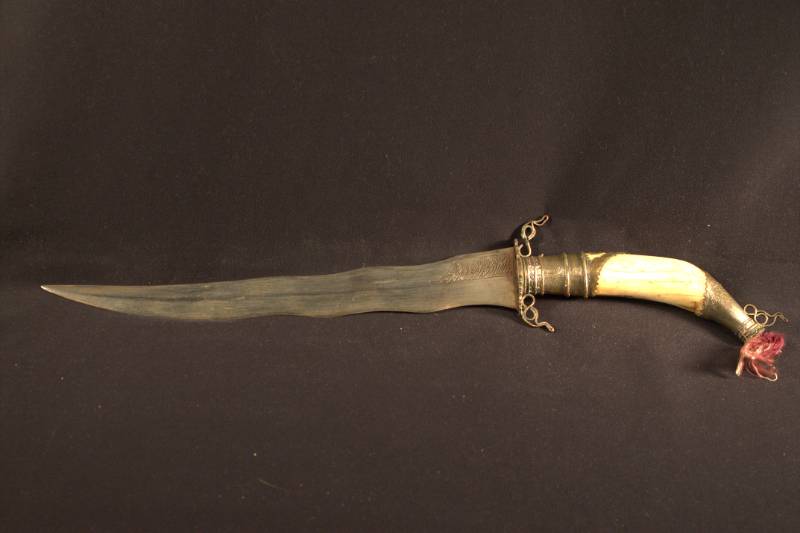
Knife
Philippines
Metal, Bone, Textile
Featuring a wavy blade and a polished, bone handle, this knife features Islamic influence in its inscription and design. The tassel and silver cording suggests this knife was used largely for decorative purposes of adornment.
Rev. Leonard A. & Mrs. Dale Sr.
2015.06.044a Lowell D. Holmes Museum of Anthropology
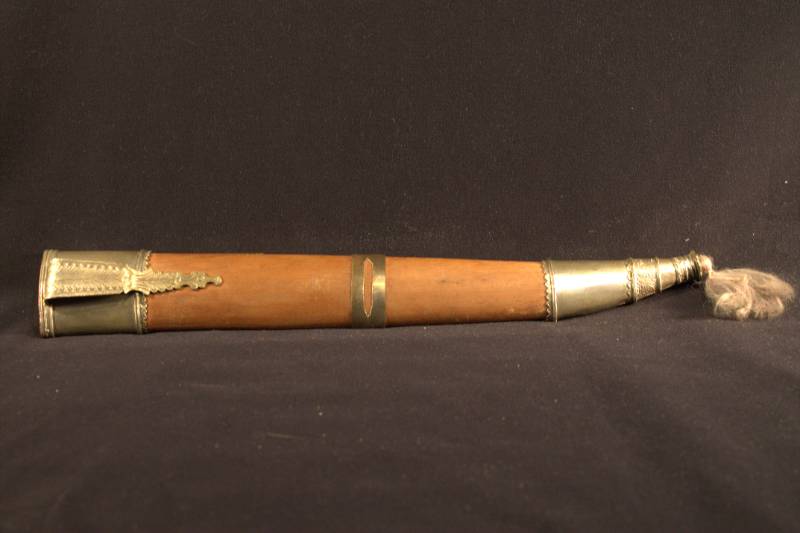
Sheath
Philippines
Rattan Wood, Brass
Corresponding to the knife displayed, this sheath features a decorative tassel and a modern style belt clip as opposed to an older style sword or knife ring.
Rev. Leonard A. & Mrs. Dale Sr.
2015.06.044b Lowell D. Holmes Museum of Anthropology
Return To Echoes of Expression: A Cultural Symbolism Collective


